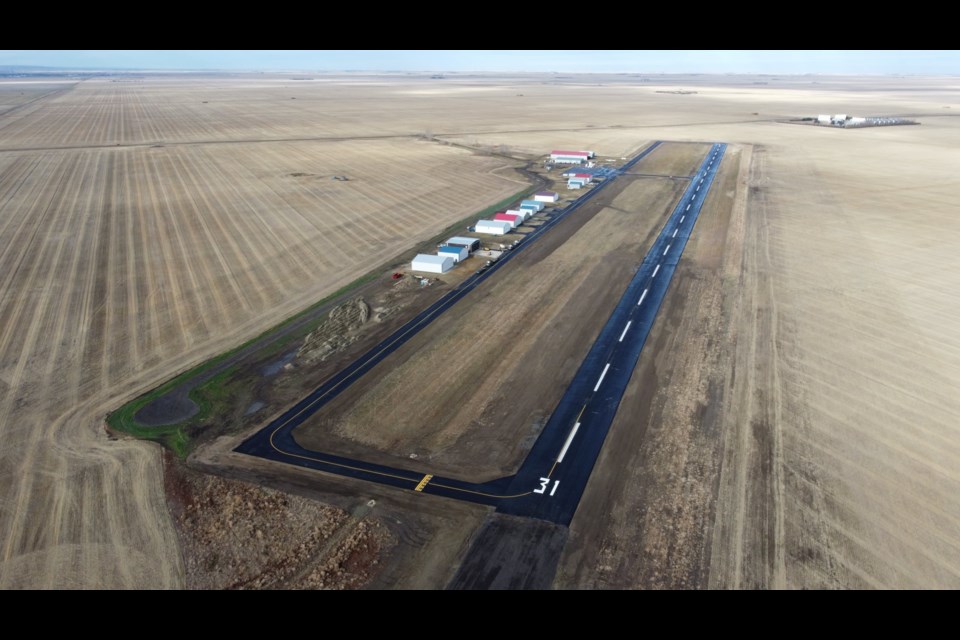Flying Club President Roger Blager says Moose Jaw has a long, proud history of aviation. Since 1928, the flying club has had air shows, interacted with the air force, and once had a regional airline.
Blager says that in 1930, an air show in Moose Jaw featured 22 planes and attracted over 15,000 spectators. It was one of the first air shows in Western Canada.
From 1938-1940, Prairie Airways, headquartered in Moose Jaw, made daily flights from Regina to Prince Albert with stops in between. The airline flew passengers and mail before being bought out due to rising aviation costs associated with WWII.
With the effects of COVID-19 being felt hugely by the large airlines, Blager thinks at least a few people must be interested in smaller charter flights around the country. “Would you rather be in a tube with 150 other people you don’t know? Or travel with six people who are already inside your social distance bubble?”
Blager says the club has been discussing the possibilities of using a shared-ownership organization to purchase an efficient smaller plane that could help Moose Javians travel. That could help with issues such as having to plan routes through major airports like Toronto; a necessary detour right now, but not convenient or efficient for individual travellers. The plan is still only in the dream stage, but Blager thinks that with enough participation, it could work.
As of February this year, the Flying Club is also home to the 215 chapter of the Canadian Owners and Pilots Association (COPA). COPA is a national advocate for non-commercial aviators and the largest flying association in the country. It provides its members with lowered insurance costs, maintains a legal fund for the protection of owner and pilot rights, and has programs to make flying more accessible.
Candace Pardo, Chief Flight Instructor at Provincial Airways Flight School, is also the provincial director of COPA and represents Saskatchewan owners and pilots on the national board.
The flying club is revitalizing COPA for Kids, a program promoting engagement between aviation communities and local youth. They are rebranding it as “Discovery of Aviation,” and increasing eligibility to include ages 7-27. Participants will be able to go out to the airport, visit with owners, pilots, mechanics, and instructors, learn about aviation, and possibly even take a flight or two.
Gerry Julian is the former president of the flying club and currently sits on the board of the Moose Jaw Municipal Airport Authority (MJMAA). He is just as excited for the future as Blager and Pardo.
The MJMAA took over the management of the airport in 2018. Previous to that, Julian says, the airport was a “side desk issue for the city… and what was really needed was something like an Airport Authority” who could be dedicated not only to managing the airport but improving its economic relevance.
Julian says that in the past few years, and with the new runway extension, business at the airport is booming. “There’s a huge amount of corporate use, and that’s only going to go up because now we have an airport that can actually accommodate corporate aircraft.” An executive Citation jet is newly housed at the airport and “gets used all the time now.”
There are also two new maintenance operations and an additional aerial application business – all added in the last two years. Julian and Blager agree that a city with a well-maintained airport attracts more and larger businesses, and could put Moose Jaw on the map with Regina and Saskatoon.
The Moose Jaw Flying Club can be found on Facebook, and is eager to have more locals interested and involved in the city’s airport.




